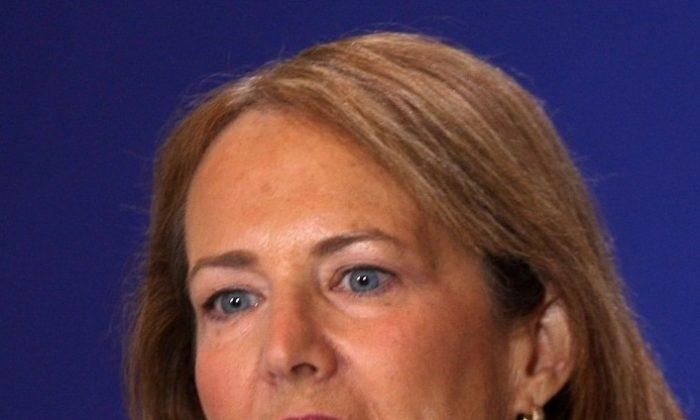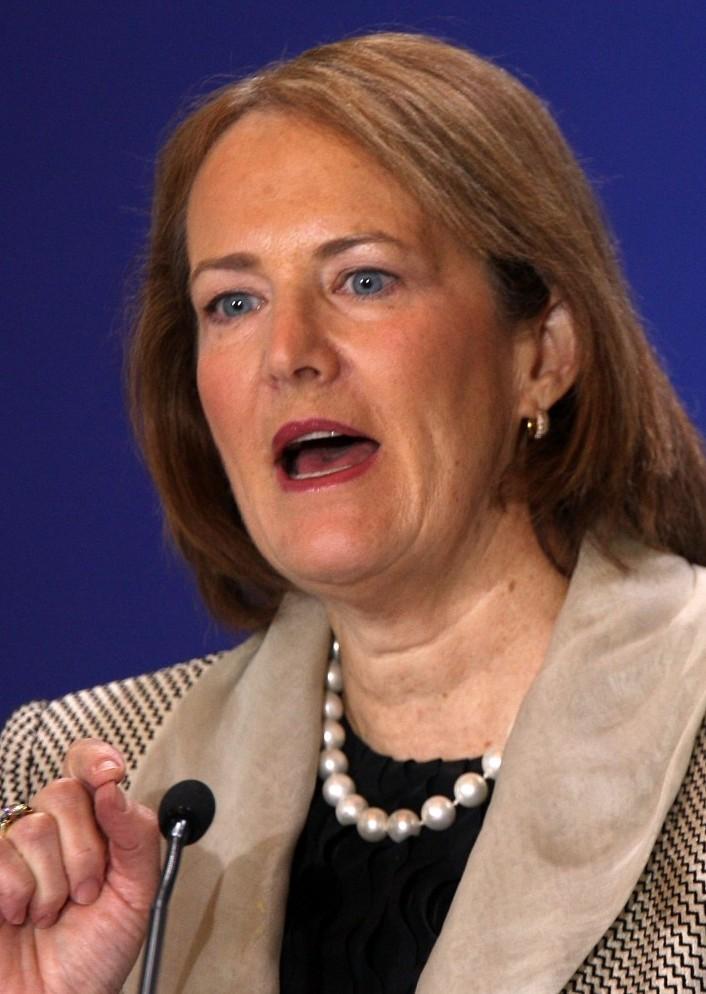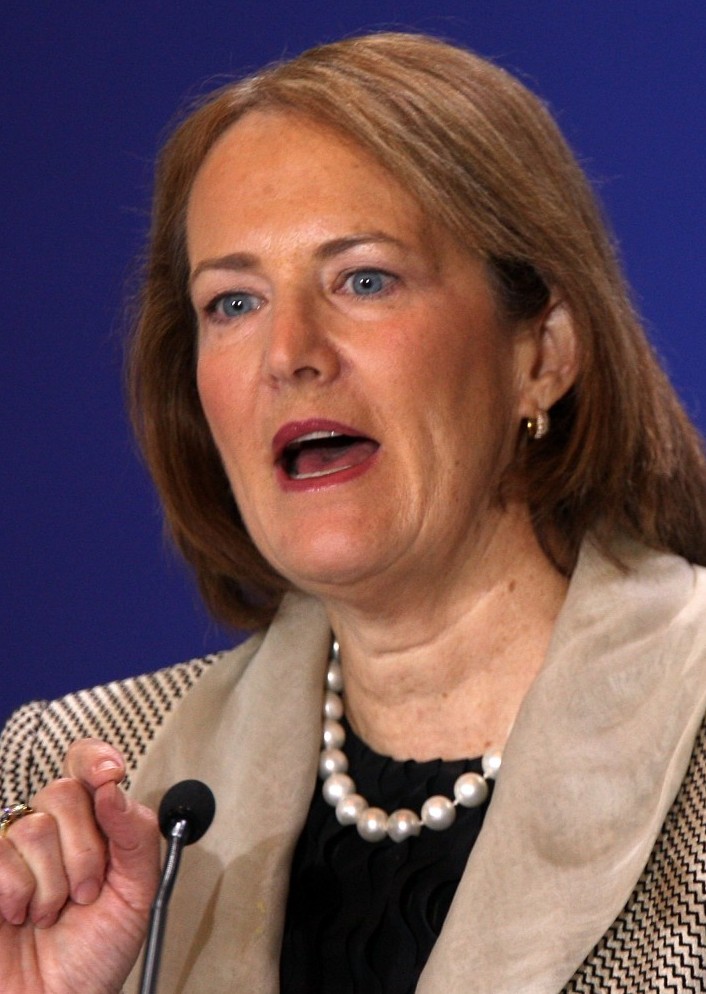In September, the dismal U.S. unemployment rate of 9.1 percent, translating into 14 million Americans sitting idle, hadn’t changed over the past months, despite the hiring in some industry sectors. But it is just as the proverb goes—giving with one hand and taking away with the other—as manufacturing jobs trended down, while construction, mining, logging, and the health care industry jobs trended up.
With unemployment creating great hardship for American families, the U.S. small business sector has become the rallying cry for the U.S. government, as small businesses employ more than half of all U.S. private sector workers.
“We genuinely believe that small business is the backbone of America. It’s going to be the key for us to be able to put a lot of folks back to work,” said President Barack Obama at an August White House Rural Economic Forum, published on the White House website.
Small Business During the Economic Meltdown
“Small businesses should be a top consideration as the President and other legislators seek to jump start job creation” said John Paglia, associate professor of finance at Pepperdine University, in a statement announcing the latest study on the status of U.S. small businesses.
Pepperdine’s 160-page study consists mainly of graphs and numbers, depicting the results from surveys taken of 10,637 privately held small businesses.
Despite some gloomy thoughts, a little more than 40 percent will hire by midyear 2012, while about 38 percent have no intentions to hire in the near future.
More than one-third of the business owners suggested that the inability to land a loan is one of the main reasons for not hiring,
“Many businesses are now questioning whether contacting banks for credit is worth the time invested. Taking 16–24 hours away from ’minding the store' to pursue a loan can be extremely detrimental to any small business, especially when the odds are not in their favor,” Paglia said.
About one-quarter of the survey respondents said if there would be satisfactory employment tax exemptions they would hire. Less than one-quarter pointed fingers at the Washington, D.C., bureaucracy with its regulatory environment being the cause of the U.S. unemployment dilemma.
The majority of job openings, more than one-half, are opened to people with specialized marketing skills. About 48 percent of survey respondents are looking for skilled labor that doesn’t need extensive training, and the remainder is looking for those with a little know-how about customer service.
Economic conditions are of great concern to small business owners. In the fall of last year, 42 percent of respondents to a similar survey were upbeat when providing their views on the U.S. economy. This fall, only 19 percent still kept a positive outlook about the U.S. economy. One-quarter of the respondents are expecting further deterioration based on the negative vibes they have gotten from the media and economic experts.
One-quarter are decrying limited access to capital for expansion or revamping their businesses, while the same number of respondents suggest that regulations and taxes are impediments for their businesses not prospering.
Paglia suggests in a few words what would improve unemployment and get the United States out of the latest economic crisis: “Establishing market confidence, improving access to capital and improving regulatory and tax structures are the most direct route to end the Great Recession and spark the Great Recovery.”
Bird’s Eye View of Small Business Lending
“Banks have pared their small business loan portfolios by over $47 billion since the pre-recession peak in 2007, with outstanding loans continuing to dwindle,” states a mid-October Federal Reserve Bank of San Francisco (FRBSF) Economic Letter.
While small business lending is still trending down, midsize companies appear to have an easier time borrowing in the long term, according to the FRBSF.
In 2003, more than 90 percent of all small businesses relied on loans for growing their enterprises, the most recent statistic concerning such information. Today, the FRBSF guesses that about 60 percent of small businesses are relying on loans to expand.
Small businesses have become creative given that banks’ willingness to lend to them has been drying up over the past months. “Many small businesses used other sources, such as trade credit, personal credit cards, or home equity loans,” according to the FRBSF.
A small business may have few assets that can be used as security against the default of a business loan. Therefore, neighborhood bankers, not large national or multinational banks, will take what is called soft information under advice. Soft information includes the character of the business owner, business acumen, former borrowing experience, credit card payments, repaid loans to family, friends, or acquaintances, or even satisfactory payment on personal property loans.
Small business lending grew until about mid-2008, despite the financial crisis. But most likely these loans were not newly approved loan applications, but lines of credit procured before the crisis hit. From mid-2008 to mid-2009, loans to small businesses shrunk by 2 percent, and from mid-2009 to mid-2010, lending to small businesses dropped another 6.4 percent. Although lending was still declining, it dropped by only 5.5 percent from mid-2010 to mid-2011.
“Although bank small business loan portfolios continue to shrink, hints of possible stabilization have recently appeared. For small banks, small business lending that is not backed by commercial real estate looks slightly healthier than small business lending that is secured by commercial property,” the FRBSF study suggests.
Critical Support for Small Businesses
“We will continue to create new incentives to help small business owners hire new workers, promote growth and do what America does best—invest in the creativity and imagination of our people,” said Obama in a White House statement in May.
The sitting administration has taken steps on behalf of small businesses, which the private sector was not willing to undertake, including: access to business loans through the U.S. Small Business Administration (SBA), tax relief, upping the percentage of federal contracting dollars to small businesses ($221 billion as of April 2011), counseling and training opportunities, and exempting small business from a number of regulations through the SBA Office of Advocacy.
The SBA provided $2.59 billion in small business loans in fiscal year 2011 versus $1.59 billion during the prior fiscal year, an increase of 63 percent. Fiscal year 2011 will go down in history as the year with the greatest volume of business loans since 1961.
The SBA “cut licensing time [for small businesses] in half, which has strengthened efficiency and made it possible to get capital into the hands of small businesses more quickly. When an SBIC [Small Business Investment Company] invests in a company, it can scale up and create jobs,” said Karen Mills, SBA administrator, in a recent SBA press release. SBA small business investment companies are privately owned, licensed, and SBA regulated firms.






